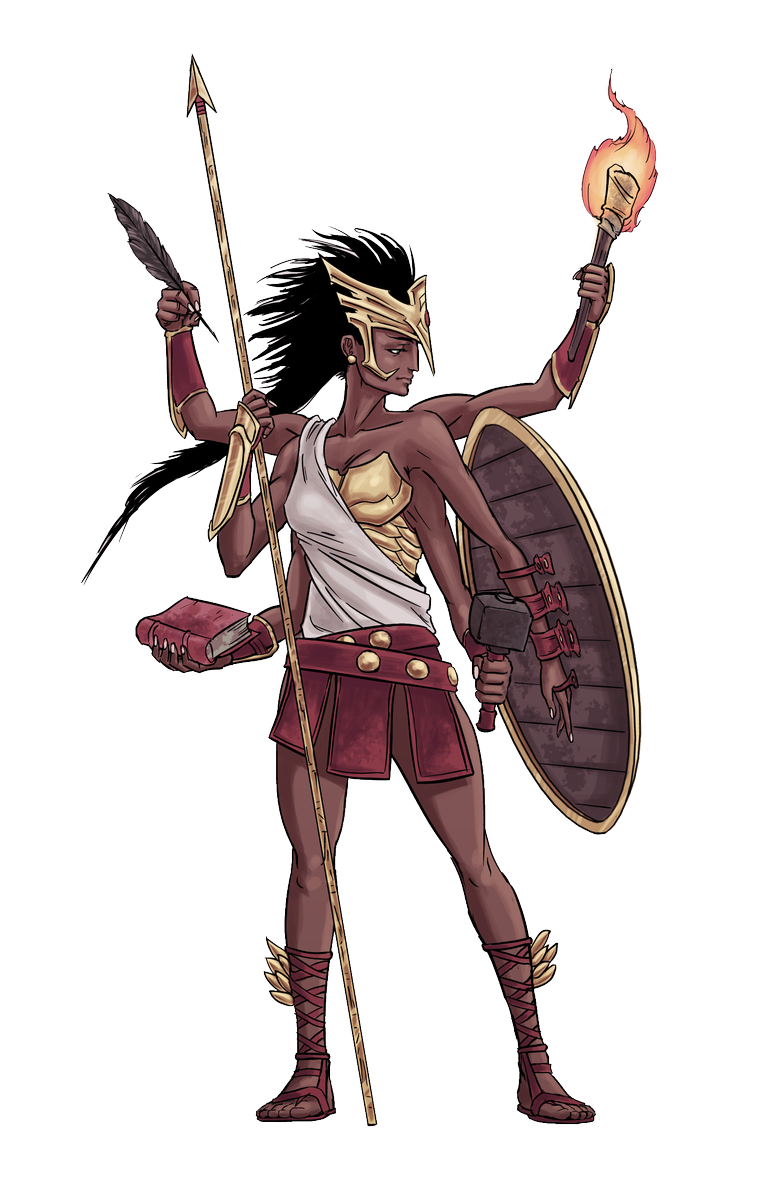

This star has been identified as being either Lambda Velorum or 12 Hydrae. Tianji – This star represents an assessor who would decide if an animal were old enough for sacrifice. Qifu – This constellation represents a storehouse for musical instruments and consists of 32 stars, most of which are found in Centaurus before overlapping into Vela. Which five stars formed this constellation are uncertain though. The name Ji refers to millet, the main crop of ancient China. Ji – Five stars form this constellation that represents a temple to Hou Ji, the god of cereals. This constellation represents a place along the Chinese coast where barbarians are said to live. That’s when Poseidon is to have placed the ship up in the heavens.ĭong’ou – Two to three stars from this constellation in the northern part of Vela bordering Antlia. Mythographers like Robert Graves say the missing prow is due to when Jason returned to Corinth and while sitting beneath the rotting ship, the prow fell off, killing the hero. Cartographers have tried explaining this by saying that’s because the prow has vanished into a bank of mist or the other half has passed through the Clashing Rocks. Nowadays, only the stern of the Argo can be seen in the night sky. Bordering constellations to Vela are Antlia, Carina, Centaurus, Puppis, and Pyxis. It is the 32nd largest constellation found in the night sky and is best seen during the month of March. Due to the equinox precessions over the millennia, Carina, Puppis, and Vela are no longer easily seen from the northern hemisphere. The Vela constellation is found in a region of the sky called “The Sea” with other water-based constellations of: Aquarius, Capricornus, Eridanus, Piscis Austrinus, and Pisces.Īs Argo Navis, Vela would appear along the southern horizon in the Mediterranean during winter and spring when the ship appears to be sailing along the Milky Way. Today Vela is one of the 88 current or modern constellations. He goes on to describe asterisms for the “little shield,” the “steering-oar,” the “mast-holder,” and the “stern-ornament.” With the appearance of moving backward through the heavens, the Greek poet and historian Aratus calls the Argo Navis as “Argo by the Great Dog’s tail drawn,” referring to Canis Major. Ptolemy describes the Argo Navis as sitting in the night sky between Canis Major and Centaurus. The constellation known as Vela is one of three constellations that make up the Argo Navis and once one of 48 constellations listed by the 2nd-century astronomer Ptolemy in his book, Almagest. Danaus is the father of the 50 Danaids and with the help of the goddess Athena, set sail to Argos from Libya. Those paying attention to the mythology are quick to point out that this distinction belongs to the myth or story of Danaus as building the first ship. Even the later Roman writer Manilius agreed with that idea. Going by Greek mythology and history, Eratosthenes said that Argo Navis represented the first-ever ocean ship built. Nowadays, Hydra claims that spot as the largest constellation. Had Argo Navis not been divided up, it would be the largest constellation in the night sky. Herschel proposed Pyxis be formalized as part of a new constellation, Malus in 1844 to replace Lacaille’s Pyxis. Lacaille thought of Pyxis as separate from the Argo Navis.

Some scholars will include and say it was part of the Argo Navis, others will point out that magnetic compasses were not known or used by the ancient Greeks.

The constellation Pyxis, the compass, locates an area of the night sky near the mast of the Argo Navis. Vela is the second largest of the three newish appointed constellations, it does represent the sails of the ship, The Argos.

In 1930, the IAU officially acknowledged this break up with the formalization of the 88 modern constellations used. The final, breaking up Argo Navis into smaller constellations came in 18 by Sir John Herschel. By the time we get to 1752, French astronomer Nicolas Louis de Lacaille decided to divide the Argo Navis into three smaller constellations of Carina, Puppis, and Vela. This constellation was rather large, taking up much of the southern sky. For the Greeks and much of the Western World, the Argo Navis is associated with the story of Jason and the ArgonautsĮarly modern astronomers simply referred to this constellation as Navis. The name Argo Navis is the name of a now-obsolete constellation, it had long been known and observed by the ancient Greeks and other stargazers.


 0 kommentar(er)
0 kommentar(er)
